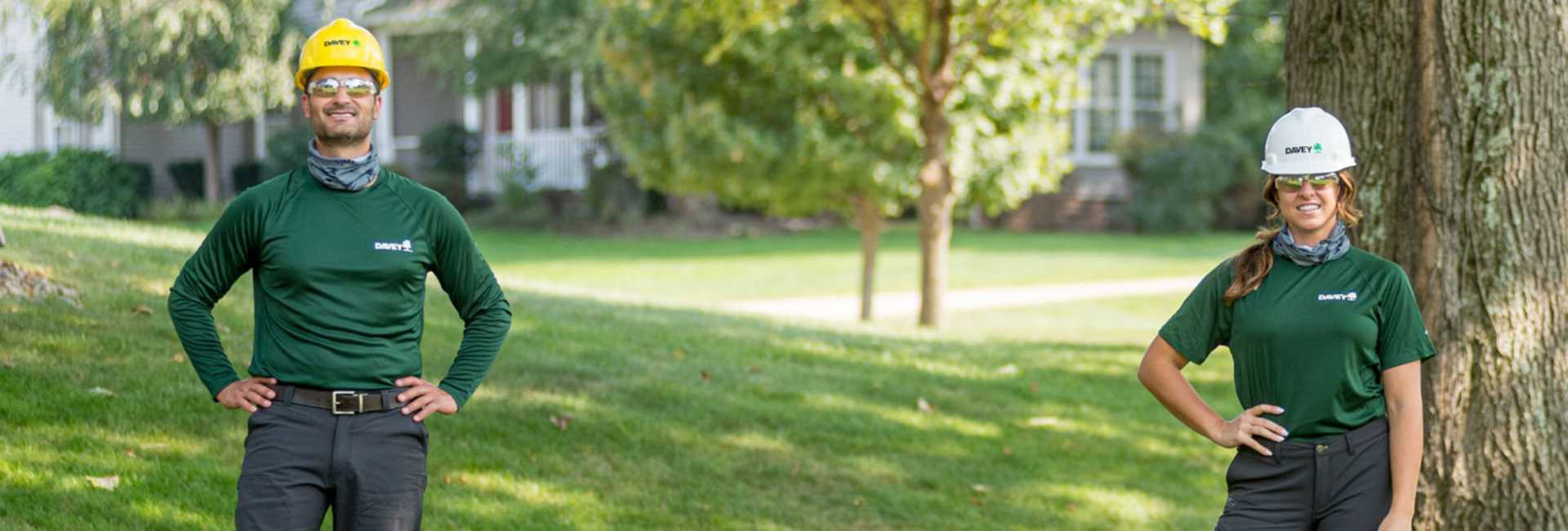Most of the time, a pop of color is a good thing.
But when it comes in the form of vines growing on your trees or in your yard – poisonous vines, to boot – it’s not the kind of color you’re seeking.
The poison ivy plant is definitely not a desirable plant, especially if you’re sensitive to it and are susceptible to the spreading and itching rashes just one touch can cause. What’s more, is poison ivy is an invasive plant and can take over your yard and compete with other desirable plants.
Let’s look at how to identify poison ivy, what causes poison ivy to spread, and how to remove poison ivy.
What Does Poison Ivy Look Like?
First, let’s talk about how to identify poison ivy.
Poison ivy is a green, three-leafed plant that you can usually find growing low to the ground unless it’s climbing a tree. You might see toothed or smooth-edged leaves that can be shiny or dull. The middle of the three leaves is typically longer than the other two. Sometimes, the leaves turn red, especially in autumn. There is a common expression used among landscape professionals and it is “leaves of three, leave it be”.
The toxic part of poison ivy comes from a resin called urushiol, which is actually present in every part of the plant – from the leaves to stems to flowers to berries to roots. So no part of the plant is safe to touch.
Does Poison Ivy Harm Other Plants?
A poison ivy plant is unsightly and can actually crowd out the plants that you want.
Not only does it take over the area, it also steals valuable water and nutrients from your favorite plants.
How to Get Rid of Poison Ivy?
The poison ivy plant has an extensive root system, so getting rid of it can be difficult.
But there are some strategies you can use to banish it from your home landscape.
How to Stop Poison Ivy From Spreading
What causes poison ivy to spread? The poison ivy plant uses underground stems that spread horizontally, forming new roots and shoots when the stem contacts the soil. The seeds of the plants can also be dispersed by animals and birds.
There are a lot of myths about ways that you can banish poison ivy, but some strategies you read about like dousing the plants with boiling water aren’t very effective.
But there are two poison ivy removal strategies that can work most effectively:
- Remove poison ivy by the roots manually to ensure it doesn’t grow back. Be sure to wear rubber gloves, a long-sleeved shirt, and long pants along with eye protection.
- Use herbicides that are designed to target and kill poison ivy and its root system.
How to Stop Poison Ivy From Growing Back
When using herbicides to control poison ivy, repeat applications may be necessary to stop it from growing back.
Manually removing the weeds can also ensure you win the battle against this nasty, poisonous plant.





